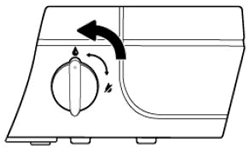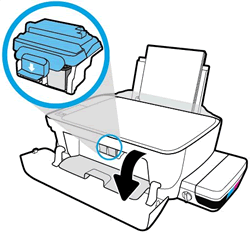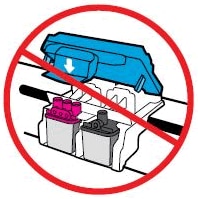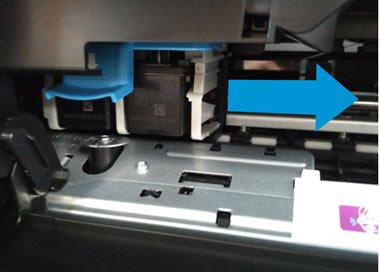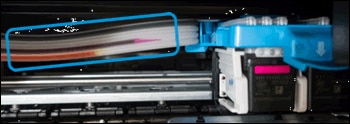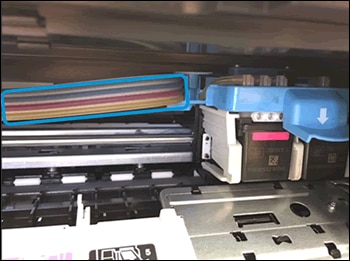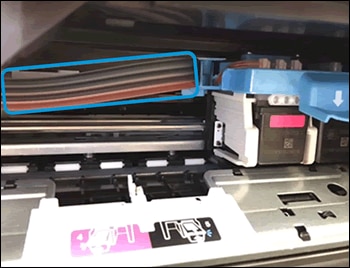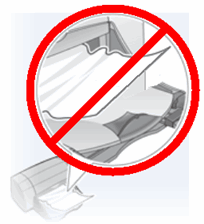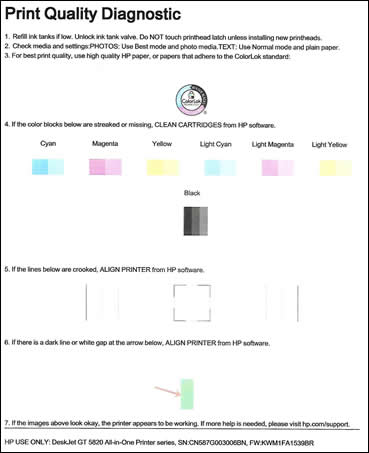Yellow and light yellow does missing in print quality diagnostic
Options
- Mark Topic as New
- Mark Topic as Read
- Float this Topic for Current User
- Bookmark
- Subscribe
- Mute
- Printer Friendly Page
turn on suggested results
Auto-suggest helps you quickly narrow down your search results by suggesting possible matches as you type.
Showing results for


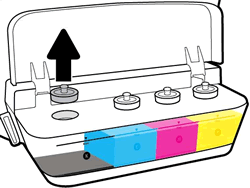


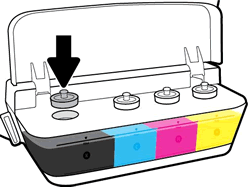
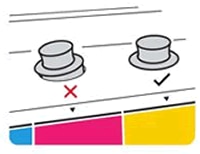

 three times, press the Start Copy Color button
three times, press the Start Copy Color button  eight times, and then release the Power button.
eight times, and then release the Power button.